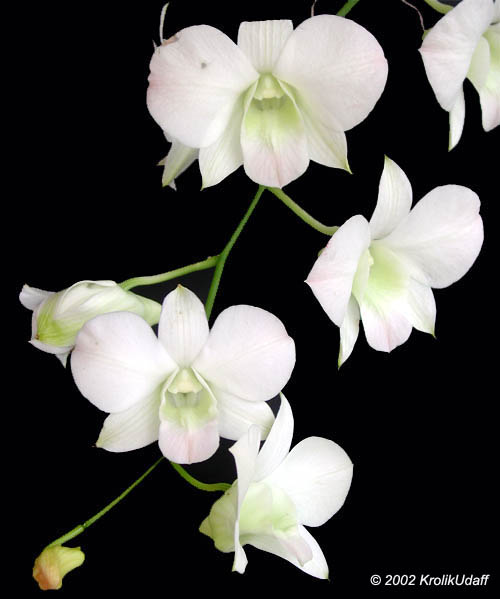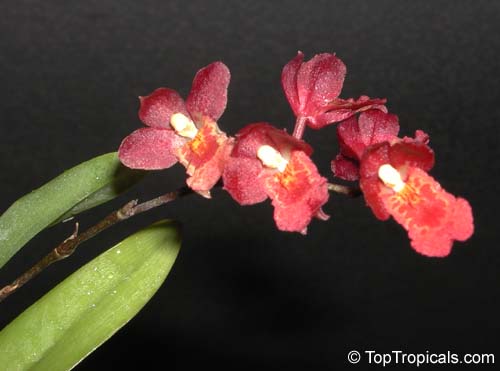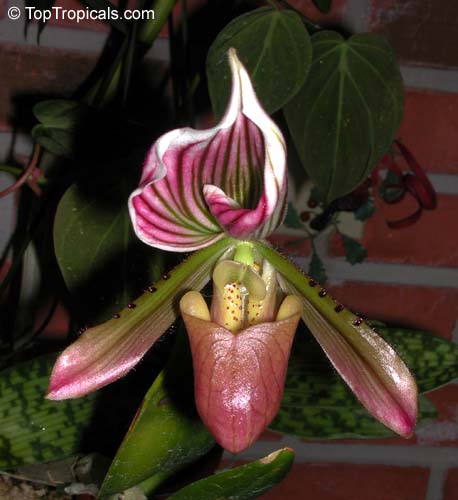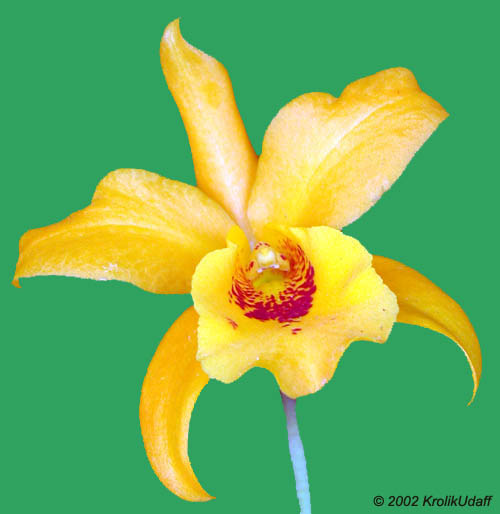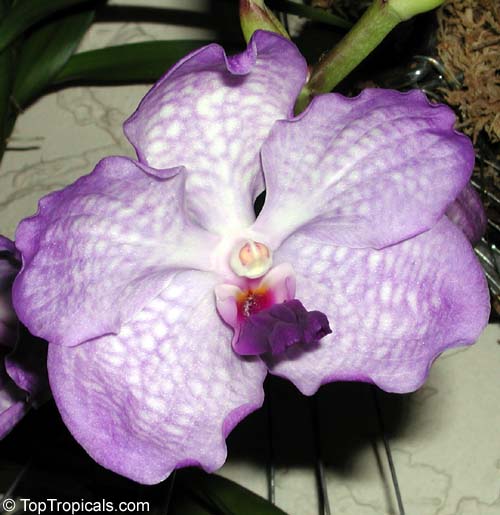Orchids for Dummies - page 1
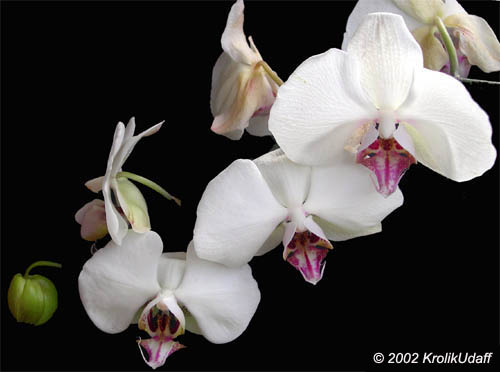
Phalaenopsis Galvanization x
Phalaenipsis Cortney Bower
For the first time, Tanya saw a live Orchid (Not just a flower standing in a bottle with a sparkly wrapper, but the growing plant) in Hawaii. Back there she was sure that to maintain this kind of exotic plants she would need a special greenhouse at the size of half an acre, 20 specialized personnel staff with shovels, watering hoses and weird tools...
One time, Tanya and Mike came to Home Improvement store in order to buy Tanya a new plant for her balcony (There was no House or Garden at that time yet). At the garden department they have spotted a blooming orchid. At that time, Tanya has carelessly told Mike that she had always thought that to have such exotic plants was a task only for the chosen ones... As it should have been expected, Mike has purchased 5 orchids that night and ordered 25 books and pamphlets on the Internet: about Orchids and the art of growing them...
Tanya's reaction was something like that: great joy slowly transforming into a horror: since Tanya was a famous plant-freak, Mike as always was expecting results lightning fast and the number of orchids multiplied by ten in the next 2 weeks... The 25 books had to wait since all the plants on the balcony were waiting for attention and a kind word, while the Orchids didn't expect less, and Mike was checking up on how many Orchids Tanya had propagated in the past 24 hours. Tanya was scared, so she scanned over the pictures in the books and had, like always, depended on her intuition. All that was left was to take the first step towards the project using the method of tries and mistakes.
The main problem which Tanya has encountered was that the quality of the Orchids was not what has been expected of the store. Tanya couldn't even imagine that behind that beefy and healthy plant, lies a rotten truth. The nursery prepares and raises the Orchids until it blooms and gets pretty healthy (which is achieved through proper fertilization and light), but orchids do not always get to the store that healthy. In the nursery orchids are grown in ugly plastic pots, and to make them more worth buying, they are repotted into fancy ones. It's quite a job to replant 200 orchids ordered by the store, and is probably done by nonprofessionals. They stuff the fragile orchid roots into a pot without much care, and cover them with sphagnum moss, so an orchid looks quite healthy and neat at first sight. (By the way, orchid roots hanging out of the pot - is a good sign of health). This happens quite a lot to Phalenopsis, whose roots are very fragile. The customer buys the orchid without being aware of broken roots, and starts watering it, not even knowing that the pot filled with sphagnum moss is a perfect condition for a root rot. In about 2 weeks under this conditions, the orchid looses all the roots, and in many cases this might be fatal for the plant.
At the first repotting of an orchid, Tanya discovered the problem, and succeeded to save the plant. Mike had a good idea about new container types: instead of clay pots to use a coconut shell halves. Most of the orchids that Tanya has, are growing in coconut shells, while others grow in wire baskets (made by Mike and Pauk) filled with ochid mix.
On the next page you will find out how to provide an orchid with all it needs to survive, and make it strong and healthy.
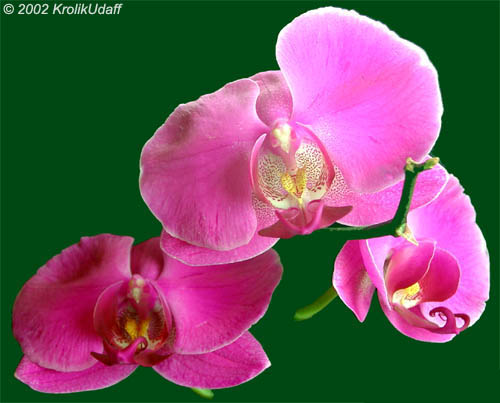
Phalaenopsis Dainty Betty x
Dtps. Modern Rose

